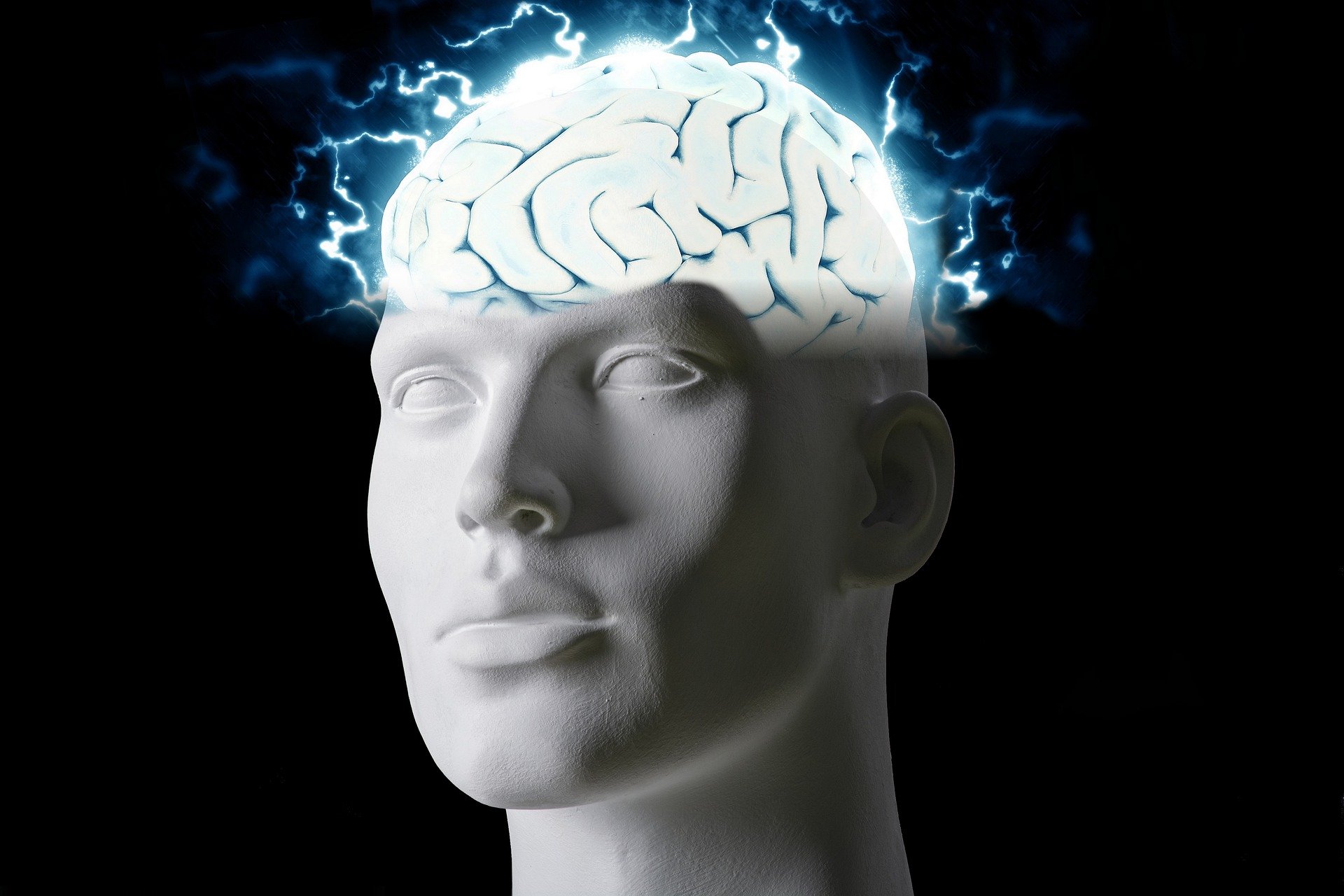In recent years, language models have revolutionized the field of natural language processing (NLP). These models are capable of understanding and generating human-like language, allowing them to perform a wide range of tasks such as language translation, text summarization, and conversation generation. One of the most prominent language models in this field is ChatGPT, a large-scale generative language model developed by OpenAI. In this blog, we will take a deep dive into the evolution of language models, the architecture of ChatGPT, and its use cases.
The Evolution of Language Models The earliest language models were based on statistical techniques such as n-grams and hidden Markov models. These models were limited in their capabilities as they were unable to understand the context of the text and could only generate simple sentences. With the advent of neural networks, language models improved drastically. Recurrent neural networks (RNNs) and Long Short-Term Memory (LSTM) models were developed, which allowed for better understanding of the context and generation of more complex sentences.
However, it was the development of transformer-based models that truly revolutionized the field of NLP. The transformer architecture, introduced in the paper “Attention Is All You Need” by Vaswani et al., allowed for parallel processing and attention mechanisms that greatly improved the performance of language models. This led to the development of several transformer-based models, including GPT (Generative Pre-trained Transformer) by OpenAI.
The Architecture of ChatGPT ChatGPT is a deep neural network consisting of 1.5 billion parameters. It is based on the transformer architecture and is pre-trained on a large corpus of text data. The pre-training process allows ChatGPT to learn the statistical patterns of language, which it can then use to generate human-like text.
ChatGPT consists of several layers of transformers, each of which consists of multi-head self-attention mechanisms and feed-forward networks. The self-attention mechanism allows the model to focus on different parts of the text, while the feed-forward networks are responsible for generating the output. The model is trained using a language modeling objective, which involves predicting the next word in a sentence given the previous words.
Use Cases of ChatGPT ChatGPT has a wide range of use cases, including language translation, text summarization, and conversational AI. One of the most popular applications of ChatGPT is in chatbots, where it is used to generate responses to user queries. Chatbots powered by ChatGPT can understand the context of the conversation and generate human-like responses, making them indistinguishable from a human conversation. ChatGPT can also be used in content generation, where it can generate news articles, product descriptions, and other forms of content.
Conclusion In conclusion, ChatGPT is a powerful language model that has revolutionized the field of natural language processing. Its transformer-based architecture, pre-training process, and multi-purpose applications have made it a valuable tool for a wide range of industries. As language models continue to evolve, we can expect even more advanced applications of ChatGPT and other models in the future.



